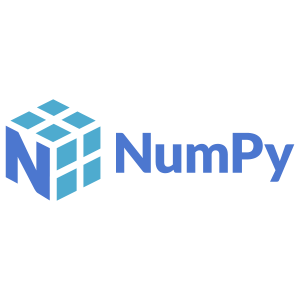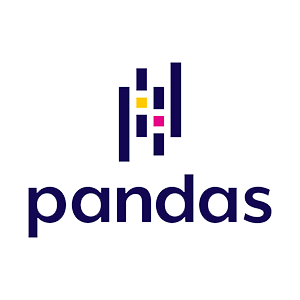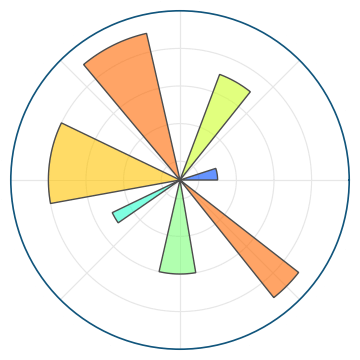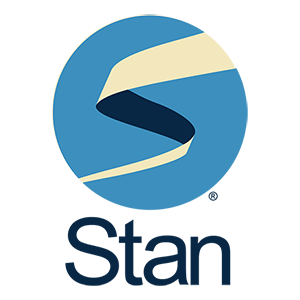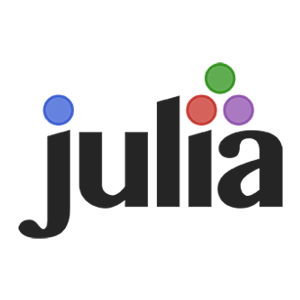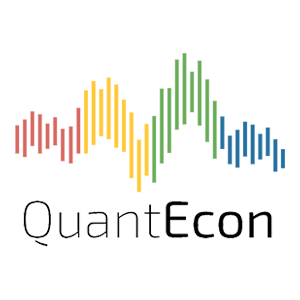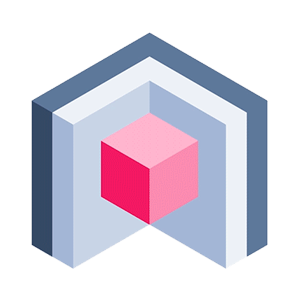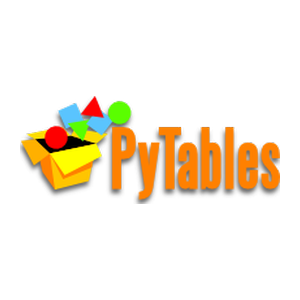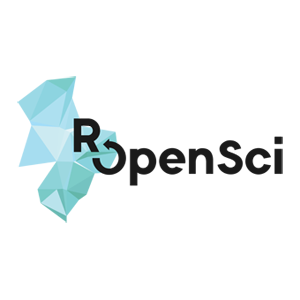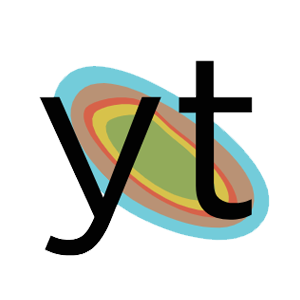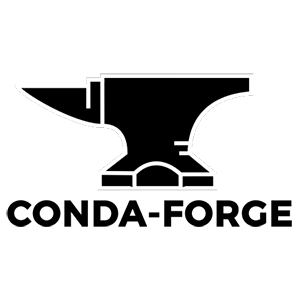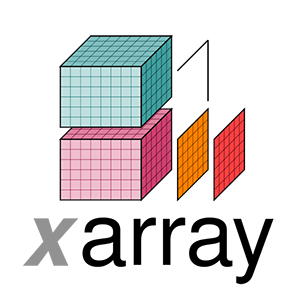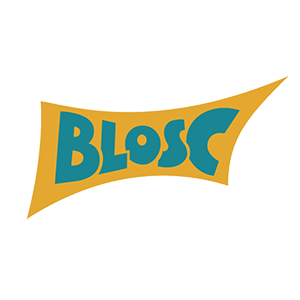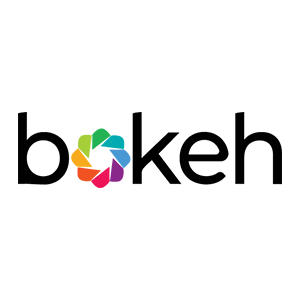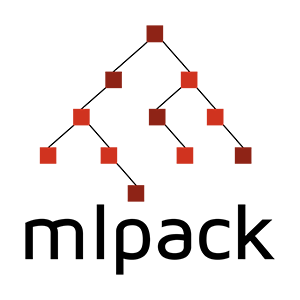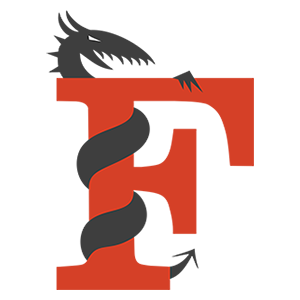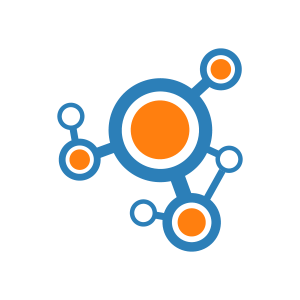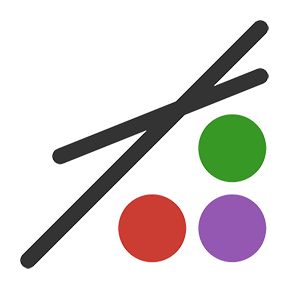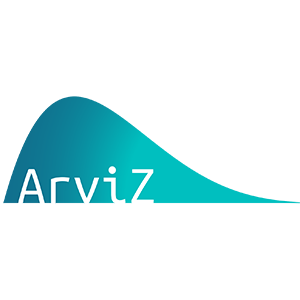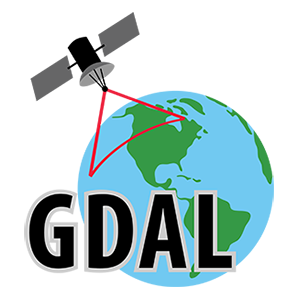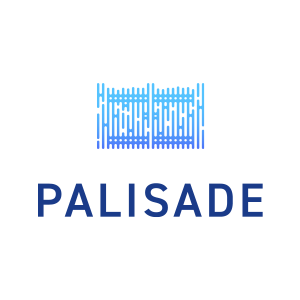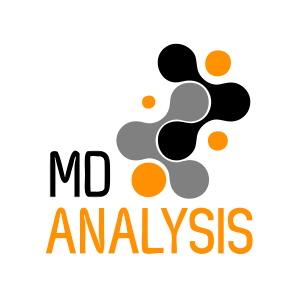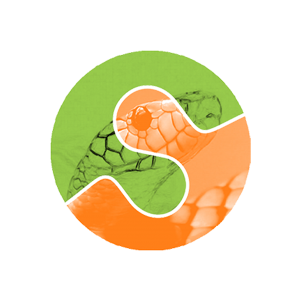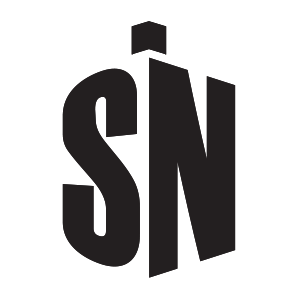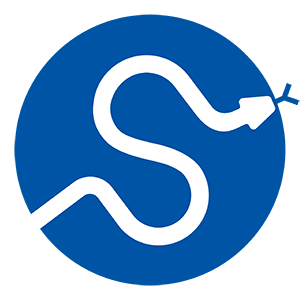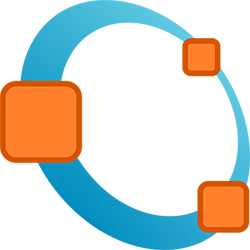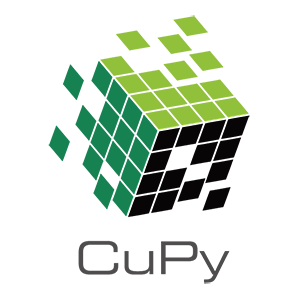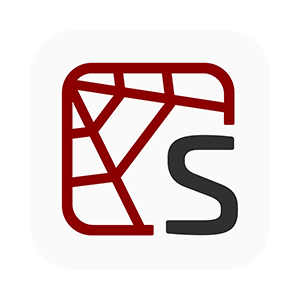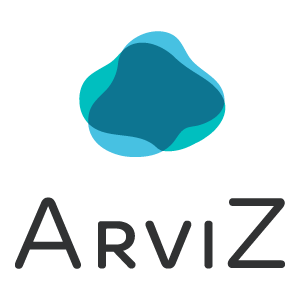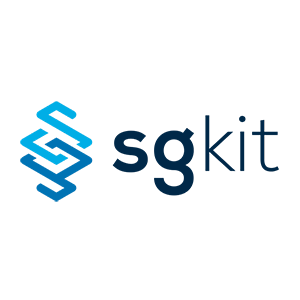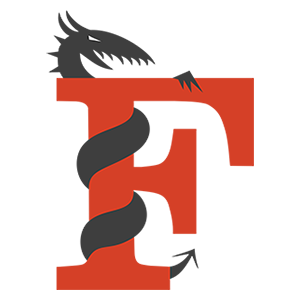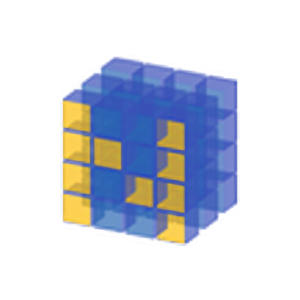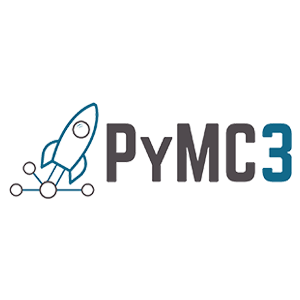This is a guest post by Matthew Rocklin, cross-posted from his personal blog. You can find him on Twitter at @mrocklin.
As general purpose open source software displaces domain-specific all-in-one solutions, many institutions are re-assessing how they build and maintain software to support their users. This is true across for-profit enterprises, government agencies, universities, and home-grown communities.
While this shift brings opportunities for growth and efficiency, it also raises questions and challenges about how these institutions should best serve their communities as they grow increasingly dependent on software developed and controlled outside of their organization.
- How do they ensure that this software will persist for many years?
- How do they influence this software to better serve the needs of their users?
- How do they transition users from previous all-in-one solutions to a new open source platform?
- How do they continue to employ their existing employees who have historically maintained software in this field?
- If they have a mandate to support this field, what is the best role for them to play, and how can they justify their efforts to the groups that control their budget?
This blogpost investigates this situation from the perspective of large organizations that serve the public good, such as government funding agencies or research institutes like the National Science Foundation, NASA, DoD, and so on. I hope to write separately about this topic from both enterprise and community perspectives in the future.
This blogpost provides context, describes a few common approaches and their outcomes, and draws some general conclusions.
Example
To make this concrete, place yourself in the following situation:
You manage a software engineering department within a domain specific institution (like NASA). Your group produces the defacto standard software suite that almost all scientists in your domain use; or at least that used to be true. Today, a growing number of scientists use general-purpose software stacks, like Scientific Python or R-Stats, that are maintained by a much wider community outside of your institution. While the software solution that your group maintains is still very much in use today, you think that it is unlikely that it will continue to be relevant in five-to-ten years.
What should you do? How should your institution change its funding and employment model to reflect this new context, where the software they depend on is relevant to many other institutions as well?
Common approaches that sometimes end poorly
We list a few common approaches, and some challenges or potential outcomes.
1. Open your existing stack for community development
You’ve heard that by placing your code and development cycle on Github that your software will be adopted by other groups and that you’ll be able to share maintenance costs. You don’t consider your software to be intellectual property so you go ahead and hope for the best.
Positive Outcome: Your existing user-base may appreciate this and some of them may start submitting bugs and even patches.
Negative Outcome: Your software stack is already quite specific to your domain. It’s unlikely that you will see the same response as a general purpose project like Jupyter, Pandas, or Spark.
Additionally, maintaining an open development model is hard. You have to record all of your conversations and decision-making online. When people from other domains come with ideas you will have to choose between supporting them and supporting your own mission, which will frequently come into conflict.
In practice your engineers will start ignoring external users, and as a result your external users will stay away.
2. Start a new general purpose open source framework
Positive: If your project becomes widely adopted then you both get some additional development help, but perhaps more importantly your institution gains reputation as an interesting place to work. This helps tremendously with hiring.
Negative: This is likely well beyond the mandate of your institution.
Additionally, it’s difficult to produce general purpose software that attracts a broad audience. This is for both technical and administrative reasons:
- You need to have feedback from domains outside of your own. Lets say you’re NASA and you want to make a new image processing tool. You need to talk to satellite engineers (which you have), and also microscopists, medical researchers, astronomers, ecologists, machine learning researchers, and so on. It’s unlikely that your institution has enough exposure outside of your domain to design general purpose software successfully. Even very good software usually fails to attract a community.
- If you succeeded in a good general purpose design you would also have to employ people to support users from all of those domains, and this is probably outside of your mandate.
3. Pull open source tools into your organization, but don’t engage externally.
You’re happy to use open source tools but don’t see a need to engage external communities. You’ll pull tools inside of your organization and then manage and distribute them internally as usual.
Positive: You get the best of software today, but also get to manage the experience internally, giving you the control that your organization needs. This is well within the comfort zone of both your legal and IT departments.
Negative: As the outside world changes you will struggle to integrate these changes with your internal processes. Eventually your version of the software will diverge and become an internal fork that you have to maintain. This locks you into current-day functionality and puts you on the hook to integrate critical patches as they arise. Additionally you miss out on opportunities to move the software in directions that your organization would find valuable.
4. Get out of the business of maintaining software entirely.
Your institution may no longer be strictly needed in this role.The open source communities seem to have a decent pipeline to support users, lets just divert our userbase to them and focus on other efforts.
Positive: You reduce operating budget and can allocate your people to other problems.
Negative: This causes an upset to your employees, your user community, and to the maintainers of the open source software projects that are being asked to absorb your userbase. The maintainers are likely to burn-out from having to support so many people and so your users will be a bit lost. Additionally the open source software probably doesn’t do all of the things that the old software does and your existing users aren’t experts at the new software stack.
Everyone needs help getting to know each other, and your institution is uniquely positioned to facilitate this.
Common approaches that sometimes end well
We now discuss a few concrete things to help where your institution is likely uniquely positioned to play a critical role:
1. Maintain the existing stack
It’s likely that the existing all-in-one stack will still be used for years by current researchers and automated systems. You’re not off the hook to provide maintenance. However you might want to communicate an end-of-life to your userbase though saying that new feature requests are unlikely to be implemented and that support will expire in a few years time (or whatever is appropriate for your domain)
2. Develop learning materials to help users transition to the new stack
Your institution uniquely understands the needs of your user community. There are common analyses, visualizations, storage formats, and so on that are common among your users and are easy with the all-in-one solution, but which take effort with the new system.You can build teaching materials like blogposts, how-to guides, and online tutorials that assist the non-early-adopters to transition more smoothly. You can provide in-person teaching at conferences and meetings common to your community. It’s likely that the open source ecosystem that you’re transitioning to already has materials that you can copy-and-modify for your domain.
Assist users in reporting bugs, and filter these to reduce burden on the upstream OSS projects. It’s likely that your users will express problems in a way that is particular to their domain, but which doesn’t make sense to maintainers.
- User says: Satellite mission MODIS data doesn’t load properly
- Developer wants to hear: GeoTIFF loader fails when given S3 route
Your engineers can help to filter and translate these requests into technical terms appropriate for the upstream project. The people previously working on the all-in-one solution have a unique combination of technical and domain experience that is essential to mediate these interactions.
3. Contribute code upstream either to mainline packages or new subpackages
After you’ve spent some time developing training materials and assisting users to transition you’ll have a much better sense of what needs to be fixed upstream, or what small new packages might be helpful. You’ll also have much more experience interacting with the upstream development community so that you get a sense of how they operate and they’ll better understand your needs. Now is a good time to start contributing actual code, either into the package itself if sufficiently general purpose, or into a spinoff project that is small in scope and focuses on your domain.It’s very tempting to jump directly to this step and create new software, but waiting a while and focusing on teaching can often yield more long-lasting results.
4. Enable employees to spend time maintaining upstream projects and ensure that this time counts towards their career advancement
By this time you will have a few employees who have taken on a maintenance role within the upstream projects. You should explicitly give them time within the work schedule to continue these activities. The work that they do may not be explicitly within scope for your institution, but having them active within the core of a project makes sure that the mission of your institution will be well represented in the future of the open source project.These people will often do this work on their own at home or on the side in personal time if you don’t step in. Your institution should make it clear to them that it values these activities and that they are good for the employee’s career within your institution. Besides ensuring that your institution’s perspective is represented within the core of the upstream projects you’re also improving retention of a core employee.
5. Co-write grant proposals with maintainers of the core project
If your institution provides or applies for external funding, consider writing up a grant proposal that has your institution and the OSS project collaborating for a few years. You focus on your domain and leave the OSS project maintainers to handle some of the gritty technical details that you anticipate will arise. Most of those details are hopefully things that are general purpose and that they wanted to fix anyway. It’s usually pretty easy to find a set of features that both parties would be very happy to see completed.Many OSS maintainers work at an institution that allows them to accept grant funding (at least as a sub-contractor under your award), but may not have access to the same domain-specific funding channels to which your institution has access. If they don’t work at an institution for which accepting a grant sub-award is reasonable (maybe they work at a bank) then they might consider accepting the award through a non-profit foundation like NumFOCUS.
Summary
As primary development of software moves from inside the institution to outside, a cultural shift occurs. The institution transitions from leading development and being fully in charge of its own destiny to playing a support role in a larger ecosystem. They can first help to lead their their user community through this transition, and through that develop the experience and relationships to act effectively within the broader ecosystem.
From this process they often find roles within the ecosystem that are critical. Large public institutions are some of the only organizations with the public mandate and long time horizon to maintain public software over decade-long time scales. They have a crucial role to play both in domain specific software packages that directly overlap with their mandate and also with more general purpose packages on which their domain depends indirectly. Finding their new role and learning to engage with external organizations is a skill that they’ll need to re-learn as they engage with an entirely new set of partners.
This growth requires time and patience at several levels of the organization. At the end of the day many people within the institution will have to collaborate with people outside while still staying within the mandate and career track of the institution itself.

